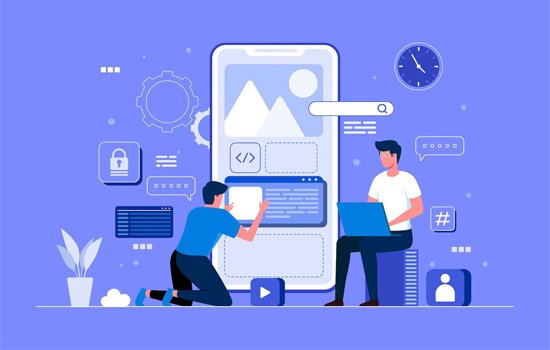What Is Flutter And How Does It Work?

First off, this article has nothing to do with birds, or with hearts. So, what kind of Flutter are we talking about? This Flutter is an open-source technology that helps people use a single codebase to develop new desktop, web, and mobile apps. The thing that makes Flutter so different from other similar technologies is that it’s more than a library or framework, Flutter is a complete software development kit, or SDK, that can be used to develop front-end and back-end applications with great flexibility by using a variety of programming languages like Google’s Dart, C/C++, Java, and others.
There’s even more to it than that! Flutter also includes sliders that can be adapted to your specific needs, a custom widget UI library, and a selection of reusable UI elements such as text inputs and buttons. This gives the Flutter developer everything necessary to put together cross-platform apps of high quality all in one convenient package, doing away with the need to draw from different sources to piece together disparate components!
The thing that makes Flutter really sing is the Dart programming language, the great brainchild of Google. A programming language that is typed object-oriented, Dart shares a syntax similar to JavaScript, and is expressly designed to be used for front-end development. Dart contains a wealth of features like strong typing, asynchronous programming, and garbage collection, which cements its place as a highly efficient language that can be used to craft high-performance desktop, web, and mobile applications.
Three layers collaborate to create Flutter’s architecture and to power the framework:
The Framework Layer – This layer is built using the Dart programming language, it is the face of Flutter where developers can develop and design the user interface with a rich set of libraries at their disposal. The Framework Layer has three subdivisions, the rendering layers, foundational classes, and widgets.
The Engine Layer – This layer is written in the C/C++ programming language and comprises a low-level implementation of the main Flutter framework that includes the core APIs like text layout, plug-in architecture, graphics, and accessibility support. The Engine Layer works in conjunction with the framework layer to execute the codes that render the new app’s user interface.
The Embedder Layer – This layer is specific to the platform. It is responsible for launching the Flutter engine, then making sure it has all the necessary resources it needs to render the desired user interface. This gives Flutter apps the ability to run on a variety of different operating systems while offering a platform-specific interface that allows the engine layer to interact with the native platform APIs.
As one can see, Flutter offers advantages that go far beyond similar technologies, it allows for faster development that saves in costs. Having Flutter on the job can be a big boost to startups that have limited budgets to work and want to be able to reach out and expand their audience. When a business hires Flutter developers they can can build MVPs faster while doing away with all the trouble and expense of bringing in a group of experts. If all of this sounds good to you, then consider implementing Flutter app development into your business!





